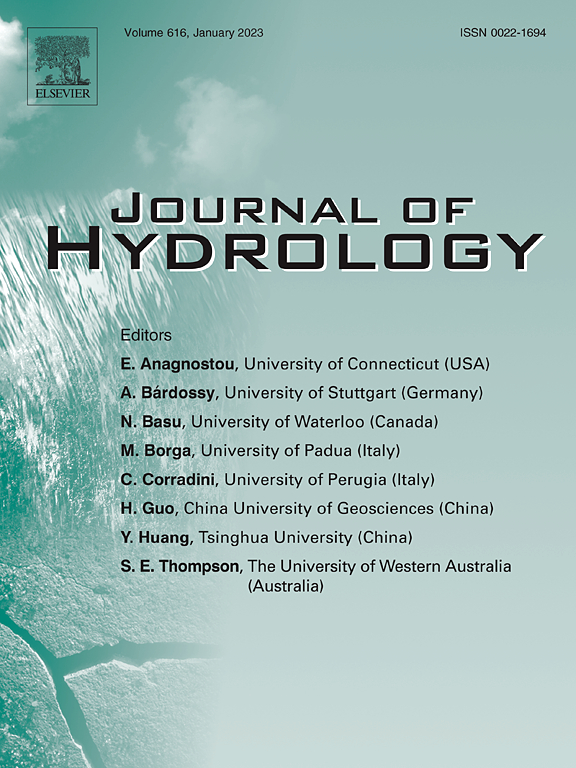J. Hydrology Publication

A new publication in Journal of Hydrology (Alonso Vicario et al., 2025) describes the impact of human modifications on the propagation of streamflow drought across the United States. Congratulations to authors associated with the Center for Hydrologic Innovations!
- Abstract: Climate change and human water demands are altering streamflow droughts. Most research focuses on natural basins due to challenges in distinguishing between climate and human effects. Moreover, the lack of consensus on how to separate these effects sometimes leads to conflicting results. To investigate the impacts of human activities on streamflow droughts, we conducted spatial and temporal analyses to assess differences in drought duration and deficit between natural and human-impacted watersheds across the contiguous United States. For the spatial analysis, we used random forest models adapted for spatial correlation to identify the drivers of streamflow drought duration and deficit from 42 climatic and landscape factors, including human activities. Our findings reveal that regional climate patterns account for most of the spatial variability in both natural and human-impacted basins. However, drought deficit and duration are driven by different factors, with spatial variations in deficit being more explainable (R2 = 0.95) than those in duration (R2 = 0.82). Deficit is primarily driven by precipitation-evapotranspiration synchronization and runoff ratios, while duration is influenced by vapor pressure deficits and elevation. The temporal analysis reveals that regulated watersheds experienced the greatest decreases and increases in drought duration and deficit over the last four decades, while natural watersheds showed the least change. Comparison of nearby basins demonstrates regional variation in human impacts: drought conditions were ameliorated in California but intensified in the southwest, including the Colorado River and Rio Grande basins. These findings can help water managers to understand streamflow drought changes and anticipate future trends based on shifts in climatic conditions and water needs.